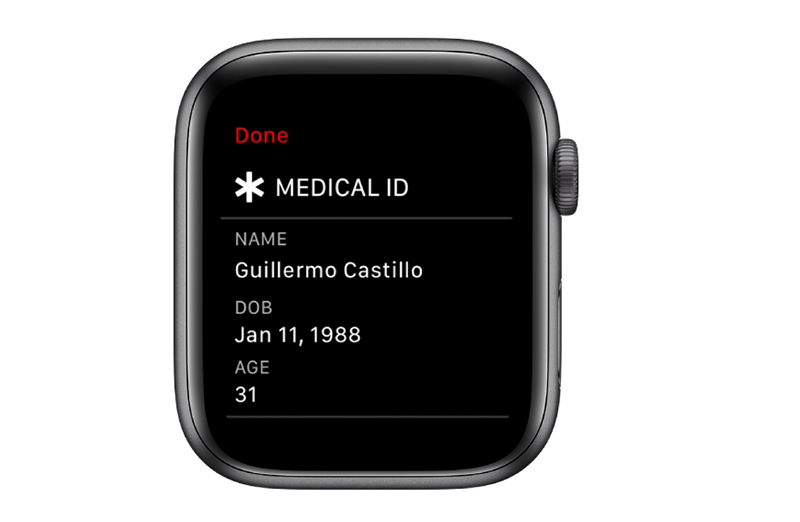First responders look for your medical information on your phone, in your wallet, on a bracelet, or elsewhere. This vital information is necessary for the first responders to quickly assess your situation. Now, Apple is trying to make it easy for you to share your health information with first responders in emergencies, reports CNet.
Later this month, there will be a change in iOS 13.5 and watchOS 6.2.5. The new feature will allow you to automatically share information from your Medical ID when you call 911 from your iPhone or Apple Watch.
Read more Apple, Google Team Up on COVID-19 Contact Tracing System
The feature is called “Share Medical ID During Emergency Calls.” Medical ID can be accessed from the Lock Screen on the iPhone without a passcode, or by holding the Side Button on an Apple Watch even if it’s locked. The idea is that anyone can see vital health information about you during an emergency even if you’re not responsive.
If you’re not familiar with Medical ID, it’s a feature within Apple’s Health app. You can load your Medical ID with information like drug allergies, medications you take, and your existing conditions. Via your emergency contact info, medical professionals can reach your loved ones. The data is encrypted and can’t be read by Apple, and you have to manually fill out the data for it to be included in the Medical ID.

Apple said, when the Medical ID sharing feature is enabled, a call or text to emergency services will share location and encrypted Medical ID info with the company.
The aim is to accelerate the sharing of important health data during the COVID-19 pandemic when health responders are already overwhelmed. Apple’s new feature could help reduce emergency response times, making it clear immediately that you’re allergic to certain medications, for instance.












